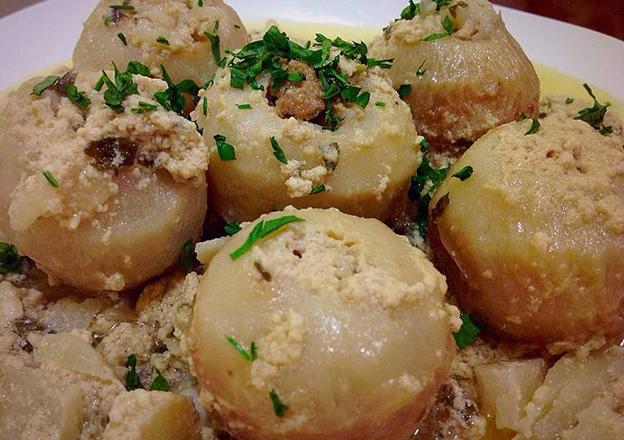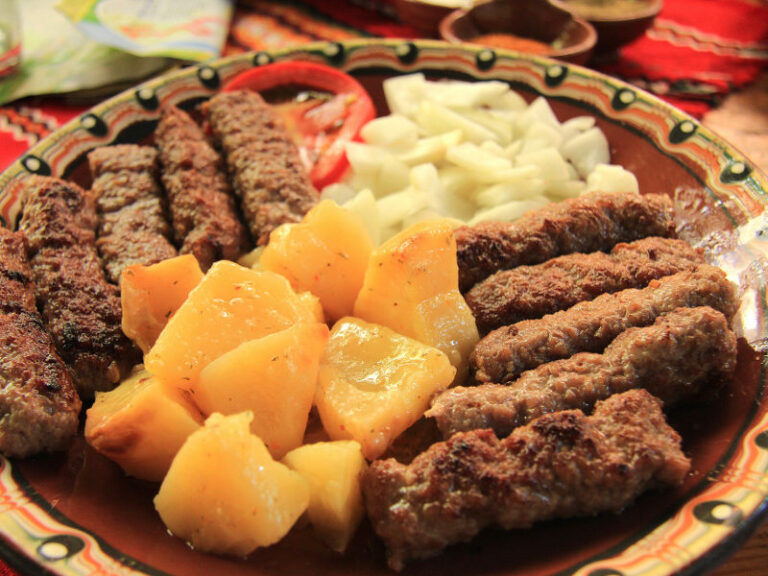Introduction: Jordanian Cuisine
Jordanian cuisine is an amalgamation of different culinary traditions, including Levantine, Middle Eastern, Mediterranean, and North African. The cuisine features a wide range of dishes, from herb-infused stews and grilled meats to fragrant rice and vegetable dishes. Jordanian cuisine is also known for its unique ingredients, such as sumac, za’atar, and pomegranate molasses, which give the dishes their distinctive flavors.
The Ottoman Influence on Jordanian Cuisine
The Ottoman Empire ruled Jordan for several centuries, from the 16th century until the beginning of the 20th century. During this time, the Ottomans left a lasting impact on Jordanian cuisine. One of the most notable Ottoman influences is the use of spices and herbs, such as cinnamon, cumin, coriander, and mint, which are commonly used in Jordanian cuisine. Additionally, the Ottomans introduced sweet and savory pastries, such as baklava and börek, which are now popular in Jordanian cuisine.
The Arab-Islamic Influence on Jordanian Cuisine
Jordanian cuisine has also been heavily influenced by Arab-Islamic culture. One of the most significant influences is the use of lamb, which is considered a staple meat in Arab cuisine. Jordanian cuisine also features a wide range of bread, including pita, taboon, and markook, which are all traditional Arab bread varieties. Additionally, many Jordanian dishes are flavored with spices and herbs such as saffron, cardamom, and turmeric, which are used extensively in Arab cuisine.
Common Ingredients in Jordanian Cuisine
Jordanian cuisine is known for its unique ingredients, many of which are sourced from the country’s fertile soil. Some of the most common ingredients in Jordanian cuisine include olive oil, yogurt, tahini, chickpeas, and eggplants. Other ingredients commonly used in Jordanian cuisine include mint, parsley, coriander, garlic, and onions.
Traditional Jordanian Dishes with Ottoman or Arab-Islamic Roots
Jordanian cuisine features a wide range of traditional dishes that have roots in either Ottoman or Arab-Islamic cuisine. One of the most popular dishes is mansaf, which is a lamb and rice dish that is flavored with yogurt and served with a side of bread. Another popular dish is maqluba, which is a rice dish that is cooked with chicken, eggplants, and tomatoes. Other traditional dishes that have Ottoman or Arab-Islamic roots include musakhan, shakshuka, and kibbeh.
The Evolution of Jordanian Cuisine over Time
Over time, Jordanian cuisine has evolved and adapted to different influences and trends. In recent years, there has been a growing interest in preserving traditional Jordanian dishes and ingredients, with a focus on using locally sourced and organic produce. Additionally, there has been an increased interest in fusion cuisine, with chefs combining traditional Jordanian ingredients and techniques with other culinary traditions. Despite these changes, Jordanian cuisine remains an important aspect of the country’s cultural heritage, reflecting its rich history and diverse influences.



